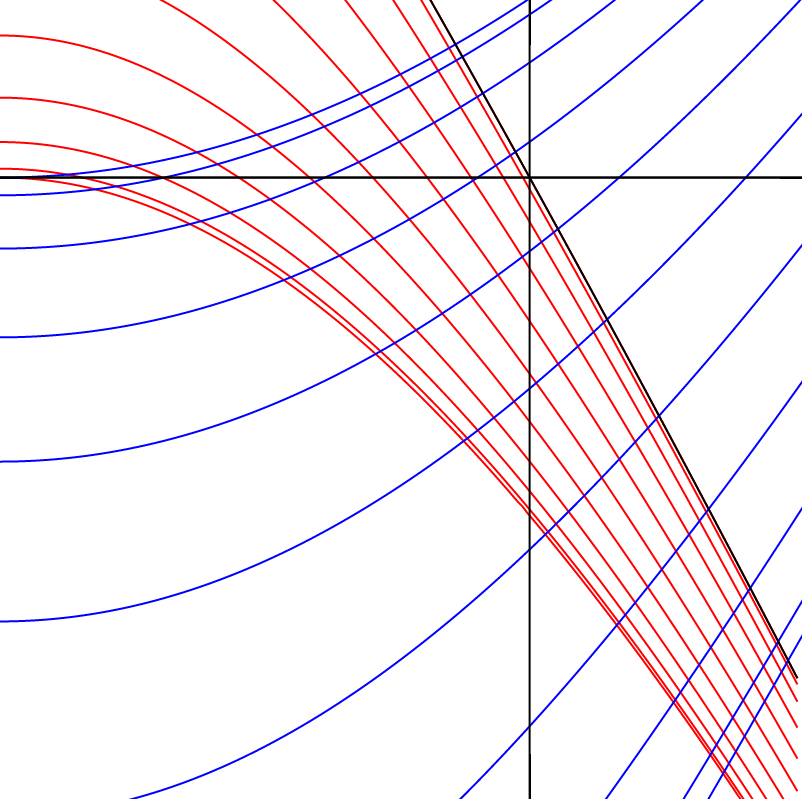About Me

- Name: Michael Spencer
- Location Greater Houston Area (South)
- Nationality: US Citizen
- Email: mr.maspencer@gmail.com
Career Summery
I am an experienced mechanical engineer accustomed to fast paced technical enviornments. I currently design jet engine test stand products for Atec, Inc. The prior 9 years were spent developing a miniature Mass Spectrometer and adapting the technology for OEM customers. I had to balance managing a small team on top of doing the design work and meeting very tight, often impromptu, deadlines. I have been doing R&D and product development for 12 years. I am very proficient in all things computer related (hardware and software). I have designed products ranging from the size of a dime to the size of a space station.
What I Do ?
Experienced mechanical engineer and technical leader specializing in technical and product development of products ranging precision instrumentation to Space Flight Hardware. Qualifications include CAD development, 3D Printing/Prototyping, Simulations, Programming, and Team Management. Knowledge of aerospace design standards, space station design, and mechanical systems design and installation for aviation. Highly motivated with great work ethics and a good overall attitude. Effective communicator, team leader, and motivator in teamwork environment.
- Product Design
- Research and Developement
- Data Analysis
- Getting Stuff Done!!

